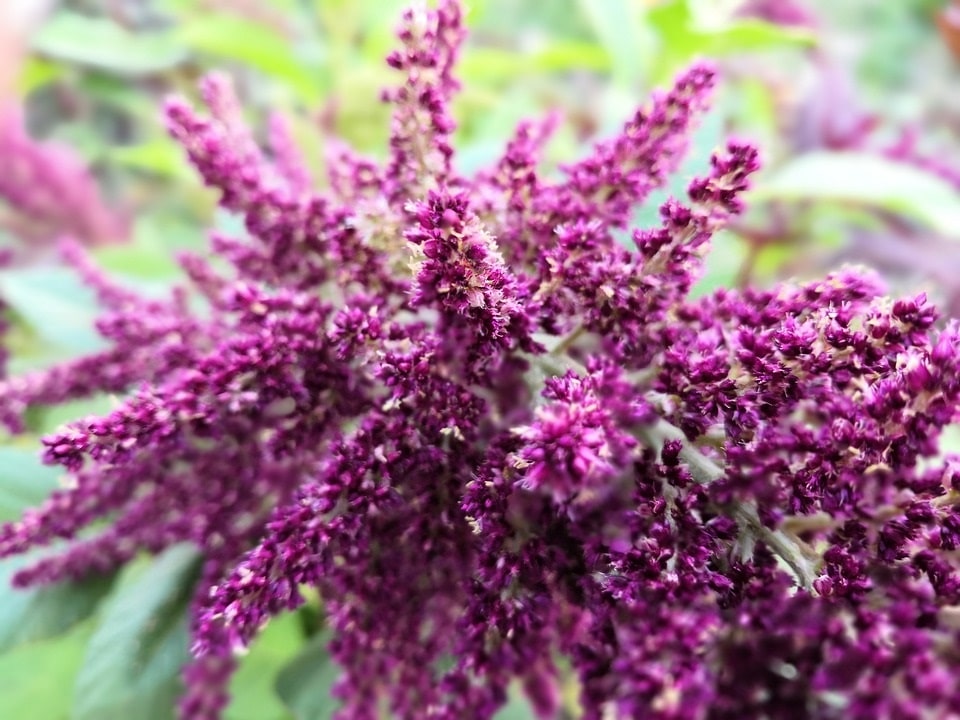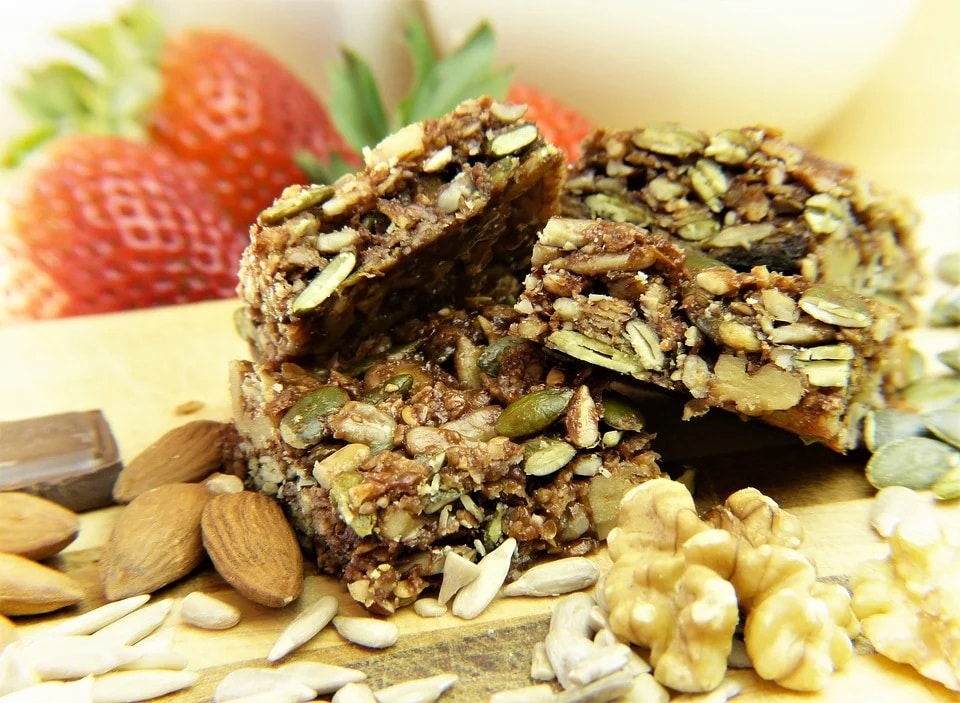
Amarano, millet, buckwheat ... The wide variety of diets or forms of food that exist today, in addition to restrictions due to allergies or intolerances, means that some foods, unknown to many, are gaining presence throughout the world. Today we are going to talk about the Amaranth case, a very interesting pseudocereal due to its multiple properties, which is suitable to be consumed by celiacs and diabetics. In addition, it is a very good source of protein for those who follow a vegan and vegetarian diet.
If you want to know it, just keep reading, we will tell you what it is, its properties and how to consume it.
What is amaranth?
More and more foods are incorporated into our diets and that until then were complete strangers to us. This is the case of amaranth, a pseudocereal that It is grown in areas with a temperate and warm climate, especially in Central South America, where its leaves and seeds are used as food.
This food has been consumed in these areas for thousands of years. There is evidence of its use for food already by pre-Columbian peoples. And even, the Aztecs used it in their religious rites.
Amaranth It was a highly valued and widely consumed food, something that has remained in these areas today. And little by little, it spreads throughout the world and gaining more followers for its multiple properties, which we will talk about below.
Maybe you might be interested in:
- Keto and Paleo eating: differences
- Resistant starch What is it and what benefits does it have?
- Know the nutritional needs of women
What properties does amaranth have?
This pseudocereal is straddling cereals and legumes, since it has properties of both. It is a grain very resistant to droughts, with a great agricultural yield and is also rich in proteins and minerals. All of this makes it one of the vegetables with the greatest nutritional potential for humans.
Around the 17% of the amaranth content are proteins They contain all the essential amino acids for our body except for leucine.
Contains a 7% about good fats.
It is also rich in minerals such as calcium, potassium, magnesium and phosphorus, and trace elements.
It is also a good source of B vitamins and antioxidants like phenolic compounds. Contains squalene, a very antioxidant substance beneficionsa for the skin, intestine and circulatory system.
59% of its content are carbohydrates in the form of starch, so it presents a Low glycemic index and can be consumed by diabetics.
Besides all this, it is gluten free, so it can be consumed by people with this intolerance.
Including amaranth in our diet provides us with nutritional variety, since we incorporate a food with very interesting properties.
What benefits do these properties bring us?
It is a food to consider especially for people who follow a vegetarian or vegan diet and are looking for a good supply of proteins of vegetable origin.
Its antioxidant content has been studied and has proven to be efficient for the neutralization of oxygen free radicals. Consuming amaranth therefore leads to taking care of our cells thanks to being an ally for the reduction of oxidative stress.
It's a satiating food compared to foods like rice or pasta. In replacement of these, it provides a greater amount of nutrients such as proteins, good fats, minerals and vitamins that help satisfy the appetite. Therefore, it is ideal for those who are constantly hungry.
Maybe you might be interested in:
- 11 beneficial cereals that should be in your diet
- Oatmeal: how to use it and why
- Buckwheat: what it is, why it is heard more and more and why include it in your diet
How to consume amaranth in our diet?
The amaranth seed has an intense smell when cooked and its flavor is also strong, so there are those who prefer to consume it mixed with other foods.
Cooked
Amaranth can be cooked as if it were rice, boiling it to make stews, salads, side dishes, stuffed with vegetables, croquettes, etc. hot or cold recipes and savory or sweet recipes. It is a very versatile food.
To cook it, the appropriate proportion is two and a half cups of water for one of amaranth seeds. Cook with the casserole covered and let it rest for ten minutes. once the water has been absorbed. It can be soaked beforehand if desired, but in this case it will be necessary to reduce the amount of water that is put in the pan.
A good option is Accompany your cooking with bay leaf or kombu seaweed.
Germinated
You can germinate amaranth to get small sprouts similar to alfalfa.
Popcorn
Another option to consume amaranth is in the form of amaranth popcorn. This popcorn is very small compared to the popcorn, but it is a snack to consider. They can also be used to make "cereal" bars or on top of salads or creams.
This way of consuming it can be very interesting for those who do not like the taste and texture of amaranth but want to include this food in their diet.
You just have to put a deep pot on the fire, without adding oil or other fats. As soon as it is hot, put two tablespoons of seeds, cover and shake the pan until the popcorn opens without burning the seeds.
Raw seed
As well you can consume the seed raw to add a crunchy texture to some recipes such as cookies or chocolate bars. However, we recommend that its consumption be cooked first.
Flour (XNUMXg)
Amaranth flour is a good option to use as a thickener in soups and juices or to make croquettes and meatballs. It is not a bread flour but it can be used in pastry recipes such as cookies or pancakes.
To obtain this flour, you just have to grind the seeds at home with a grinder or grinder.
If you want to make cakes or recipes that are raised, it must be used mixed with other flours.

